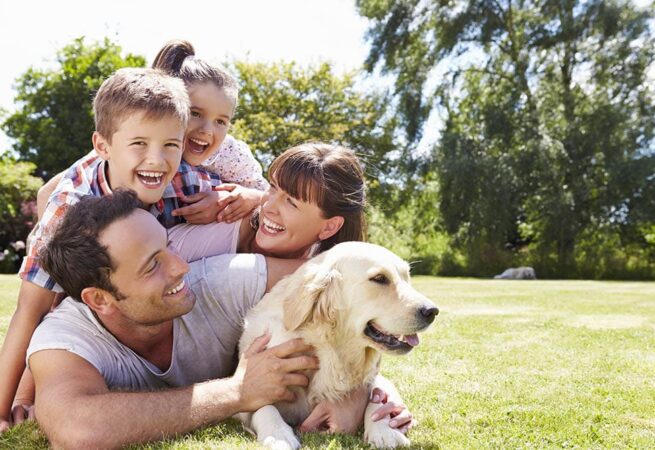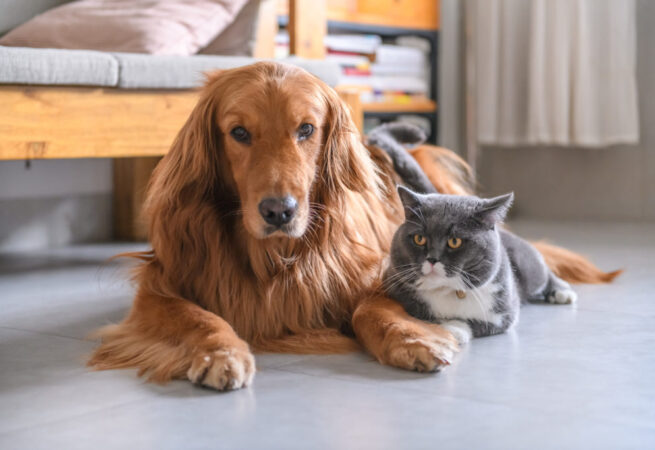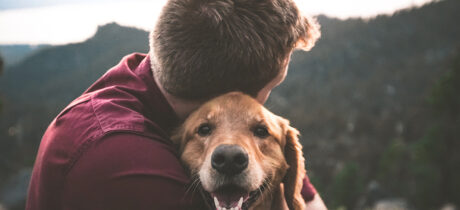
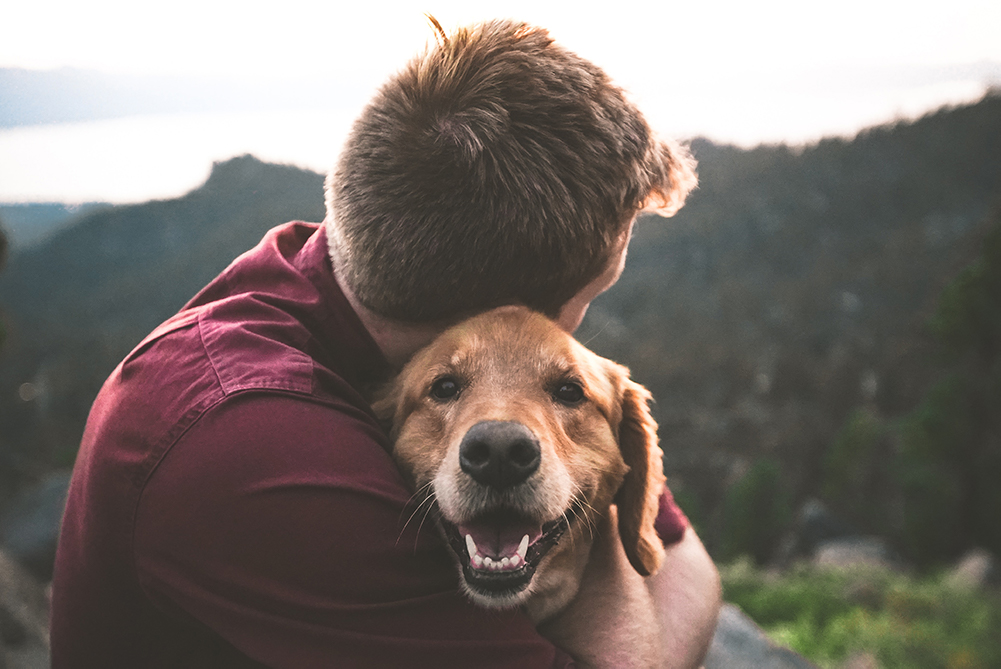
Pet owners want to be masters, not servants – which is why we value dogs more than cats
Cat videos may rule the internet, but dogs possess mastery of their owners’ hearts – at least if spending is any guide.
A survey of pet owners found that they spent an average of US$2,883 in 2016 on 22 “common expenses” for their dogs, compared with $1,926 for cats, based on an analysis of the data collected for the 2017-2018 National Pet Owners Survey. The extra money went primarily toward vet visits and kennel boarding, but dog owners also spent more on treats, grooming and toys.
My 2019 paper, “Dogs Have Masters, Cats Have Staff,” shines some light on why.
A growing market
Americans are spending more on pet care as an increasing share of U.S. households own an animal.
A little over two-thirds of all U.S. households own at least one pet, up from 56% in 1988, the first year of the National Pet Owners Survey.
And almost half of households own a dog, while just 38 percent have a cat. Generational trends suggest this divergence is likely to grow, as millennials are more likely to adopt a canine, while baby boomers tend to be cat lovers.
This is resulting in a growing market for pet-related products and services, which hit an estimated $72 billion in 2018, up from $46 billion a decade earlier.
A willingness to pay
My study builds on earlier research showing that dog owners are willing to spend more on their pets than cat owners – including to save their lives.
One reason suggested was that dog owners had stronger bonds to their pets, which prompted them to spend more on things like veterinary care.
My research uncovered a key factor indicating why dog owners feel more attached to their pets: Dogs are famously more compliant than cats. When owners feel in control of their pets, strong feelings of psychological ownership and emotional attachment develop. And pet owners want to be masters – not servants.
Like other marketing researchers, my work uses “willingness to pay” as an indicator of the economic, rather than emotional, value owners place on their pets. It shows – and compares – how much pet owners would pay to save their animal’s life.
Who’s in control?
So I carried out three online experiments to explore the role of psychological ownership in these valuations.
In the first experiment, I asked dog or cat owners to write about their pet’s behavior so I could measure their feelings of control and psychological ownership. Participants then imagined their pet became ill and indicated the most they would be willing to pay for a life-saving surgery.
Dog owners, on average, said they would pay $10,689 to save the life of their pet, whereas cat owners offered less than half that. At the same time, dog owners tended to perceive more control and psychological ownership over their pets, suggesting this might be the reason for the difference in spending.
Of course, correlation is not causation. So in a second experiment, I asked participants how much they would be willing to pay to save their animal’s life after I had disturbed their sense of ownership. I did this by asking participants to imagine their pet’s behavior was a result of training it received from a previous owner.
As expected, disrupting their feelings of ownership eliminated the difference in valuation between dogs and cats.
Since pet owners like to control their animals, and since cats are less controllable than dogs, the third experiment went straight to the point: Does the owner value the dog or cat for its own sake or for its compliant behavior?
To find out, I again asked survey respondents to describe how much they’d be willing to pay to save their pet’s life, but this time I randomly assigned one of four scenarios: Participants were told they either own a dog, a cat, a dog that behaves like a cat, or a cat that behaves like a dog.
Participants reported they would pay $4,270 to save the life of their dog, but only $2,462 for their cat. However, this pattern was reversed when the pet’s behavior changed, with dog-behaving cats valued at $3,636, but cat-behaving dogs only $2,372.
These results clearly show that the animal’s behavior is what makes people willing to pay.
Master or servant
These findings establish that psychological ownership is a driving factor in dog owners’ higher valuations.
People feel ownership because they perceive that they can control their pets’ behavior. This research even distinguishes the type of control that probably most stimulates ownership feelings: It’s not just physical control, such as being able to pick up an animal or drag it by a leash. Rather, it’s the animal’s voluntary compliance with its owner’s wishes.
No matter how cute and cuddly your kitties may be, they can’t compete with dogs when it comes to giving pet owners the sense of mastery they seek.
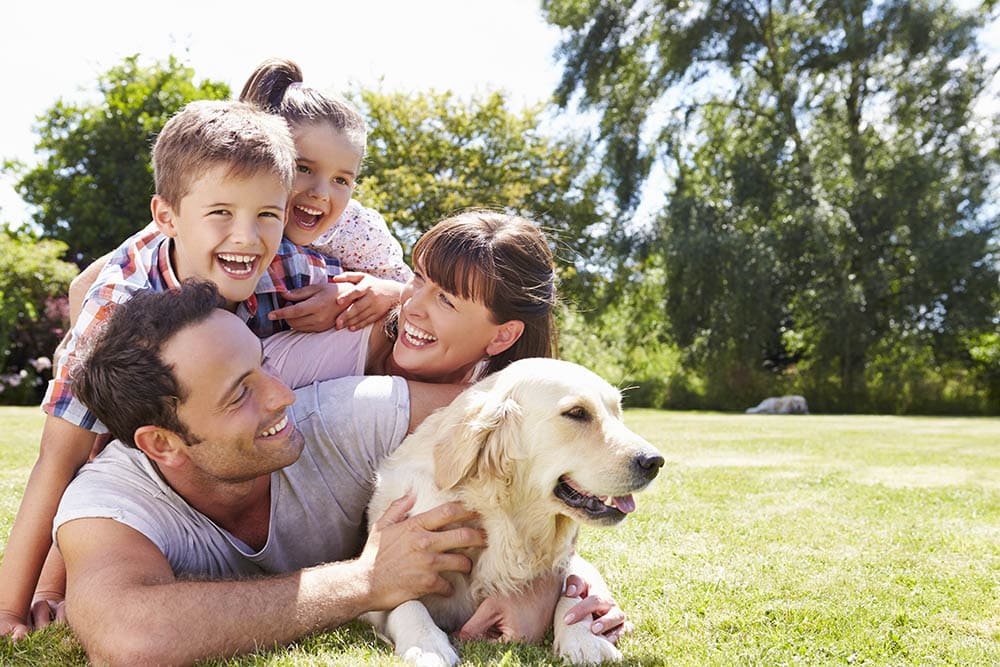
Pets join the family, and business is booming
The recently proposed $338 million merger of Australian vet and pet products companies Greencross and Petbarn illustrates something that perhaps we have known for a while now: our pets are becoming more important to us than ever before.
Pets are no longer viewed simply as animals, but have become “humanised” to the point that they are considered by many to be members of the family. Indeed, nearly 90% of Australians polled in a recent survey said they thought of their dog or cat as a member of the family, and even admitted to treating them better than human family members, which has a substantial impact on purchasing behaviours.
Despite a decline in the total number of pets in Australia, a recently released report from IBISWorld showed that owners are tending to spend more on the pets they have, investing in premium products and services for them. The addressable market for a combined Greencross and Petbarn is estimated at A$7 billion.
Pets now have their own health insurance, spa treatments and gourmet dinners. Euromonitor International reports that product categories once considered solely relevant to human consumers, such as health and wellness, are now being expanded to include offerings for pets as well. Similar trends towards humanisation were seen a few years ago in the United Kingdom, where the Pets are Human Too Study found that 32% of dog and cat owners said their pet was a better listener than their human partner and 24% of pet owners said they would rather spend quality time with their companion animals over their husband or wife. Australian businesses are now beginning to take advantage of the humanisation trend.
Consumers that care more about their pets are demonstrating their commitment with their wallets and savvy businesses are grabbing the opportunity.
The merger of Greencross and Petbarn is expected to create of one of Australia’s largest pet care companies, with 224 clinics and stores across Australia and New Zealand. The deal is subject to a shareholder vote, expected in late January.
Both businesses are already high-growth companies and the merged business is anticipating a first-year revenue of A$443 million, with profits of over A$21 million. A model that combines retail with service is one example of how companies in the industry might seek to differentiate from competitors and increase customer engagement. But this is not the first time such a model has been created, with similar mergers seen in the United Kingdom, as well as in the United States, where the “vet and pet” combination has resulted in multi-billion dollar companies.
Is pet humanisation here to stay?
Research shows pet humanisation can stem from a number of reasons, including increased loneliness or a need to control our environments in the face of uncertainty. It could therefore be that the recent increase in single-person households and less time for socialising have increased our need for social support, which we find in our faithful pets. This is in line with the reasons most people cite for having a pet, with the need for companionship being the main reason reported by 70% of pet owners.
There is no sign the trend towards pet humanisation will cease any time soon. Indeed, these kinds of attitudes and behaviours appear to be growing amongst the younger generations, with Generation Y being more likely to hold insurance policies for their pets than their Baby Boomer counterparts.
Pet ownership is therefore likely to have a long-term and wide-ranging impact on businesses in Australia and around the world. MarketLine reports that the global pet care market is expected to reach a total value of US$100,674.2 million by the end of 2017, representing a compound annual growth rate of 3.5% from 2012 to 2017.
Increased competition for market share is likely, as the markets for products once considered human-only are extended to include pets. In order to compete for the “pet dollar”, many innovative products and services will continue to emerge. Likewise, a continuation of the consolidation trend may also be seen, with smaller specialist firms merging into larger corporations in order to remain competitive.
One thing is for sure: seeing our pets as family members is not only good for Fido, but also good for business.
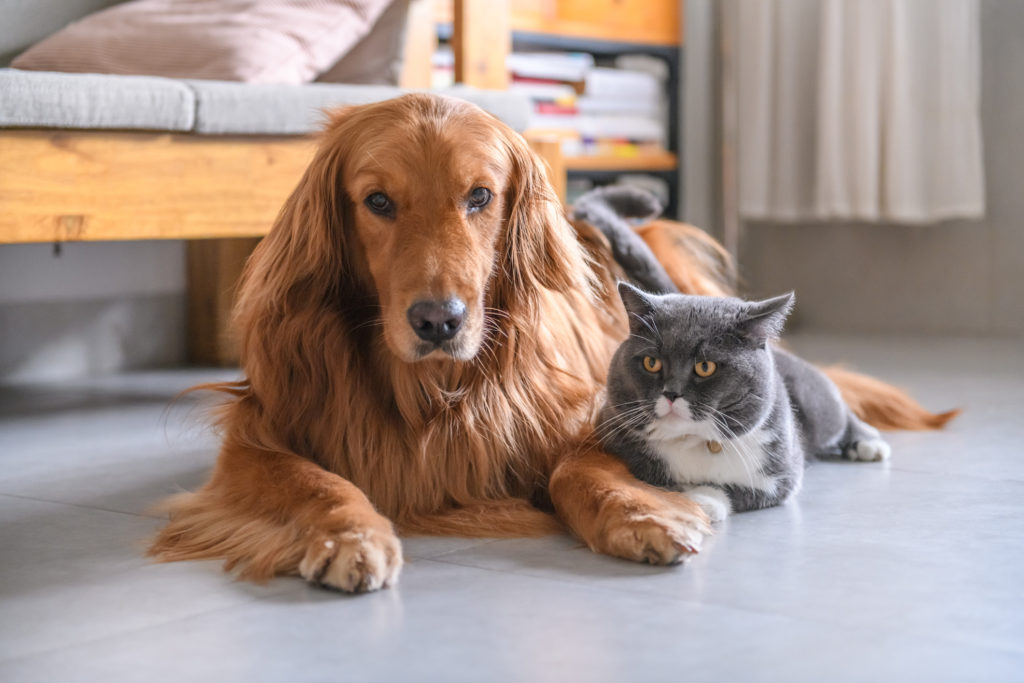
Pets and the pandemic: the impact our animals had on our mental health and wellbeing
More than 50% of households in the UK are estimated to own at least one pet. And, since the outbreak of COVID-19, there’s been an unprecedented increase in animal adoptions and purchases, as people seek animal companionship to tackle feelings of isolation and anxiety. While many report that having a pet has been supportive to their mental health, research on the benefits of pet ownership and mental health still remain inconclusive.
To date, evidence undoubtedly shows that interacting with animals can have a range of benefits to our mental and physical health – though it’s not entirely sure what is causing these benefits. Studies have shown, for example, that owning animals may encourage physical activity. This is especially true for dog and horse owners. Research has also suggested that pets may be beneficial for mental health and wellbeing due to attachment to or companionship provided by the animal.
Yet on the other end of the spectrum, research indicates that pets can exacerbate mental health symptoms for some. Increased guilt and excessive worry have also been shown, especially for those who display a strong attachment to their pets.
But why are these findings so inconclusive? One reason for this is related to how studies in this area have been conducted. Many of the studies we currently have on this topic have relied on observational studies (such as surveys or interviews) rather than intervention research (such as a randomised controlled trial which splits subjects into two or more groups, but only allocates a treatment or intervention to one of the groups to see the effect). This can make it difficult to draw reliable conclusions about their results. A tendency to publish positive results over negative ones (called “publication bias”) may also have a negative impact on people’s perceptions.
Pandemic pets
The pandemic has also changed how we interact with our pets. At the University of York, co-authors Dr Elena Ratschen and Dr Emily Shoesmith conducted a large survey of 5,926 people (5,323 pet owners, and 603 non-owners) which investigated human-animal relationships during the UK’s first lockdown. Our study found that nearly 90% of pet owners reported their pet had helped them to cope better emotionally during lockdown.
Participants who owned pets were reported to have poorer mental health before the lockdown compared to non-pet owners, indicating potentially greater vulnerability. But pet owners showed less deterioration in their mental health and feelings of loneliness during the lockdown. This might indicate that pets have a “protective” effect on owners’ mental health. Interestingly, owners’ feelings of closeness to their pet did not vary significantly by animal species.
Additional analysis of our results shows that a sense of companionship and connectedness, as well as distraction from feelings of distress, a source of motivation when feeling low, and an animal’s intuitive responses might explain why they’ve largely been beneficial to owners during lockdown. But our study also showed that pet ownership during the pandemic has caused concerns, including worries about restricted veterinary access, economic hardship, and what would happen to the pet if the owner became ill.
Another survey of 1,356 participants also found that pets may have influenced the decisions and access to healthcare that people had during the pandemic. The researchers found that participants may delay seeking healthcare due to concern for their pet’s welfare or if they’re unable to find appropriate care for their animal. A number of pet owners also said they would forgo medical care to avoid separation from their pet.
Whether owning a pet benefited a person’s mental health during the pandemic also depends on the restrictions in place. For example, if time spent outdoors and travelling even short distances are restricted, this can cause concern for dog owners as they may not be able to walk their dog as often or as long as they’d like. Horse owners may also face particular challenges in looking after and exercising their animals.
Importantly, the evidence does not suggest that people who don’t currently (or have never) owned pets would benefit from doing so during – and after – the pandemic. This is a key point to make, as the widespread belief that owning a pet can help people cope during the pandemic may be to blame for a steep increase in pet theft and related violence.
There are also concerns over increased relinquishment, rehoming, or abandonment of pets – for example if the owner becomes unable to care for their pet due to financial reasons, or if they don’t have the time to look after their pet after returning to work. Pet ownership is not something to be taken lightly. Perhaps people need instead to look first into alternatives for improving mental health – such as exercise or mindfulness meditation.


